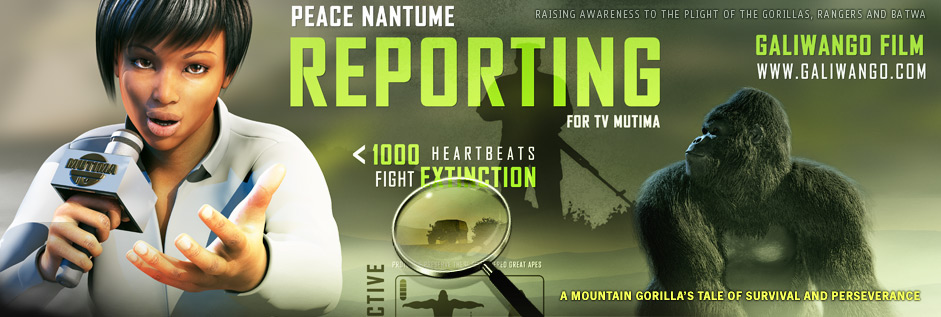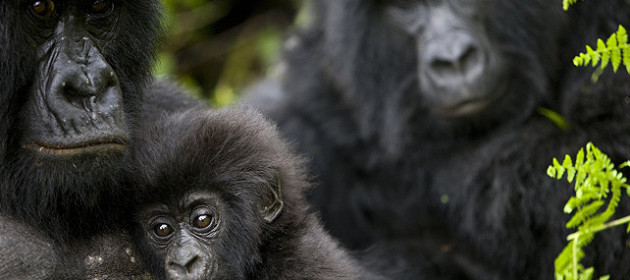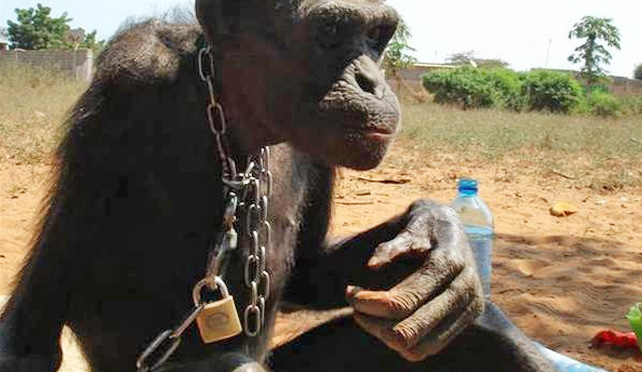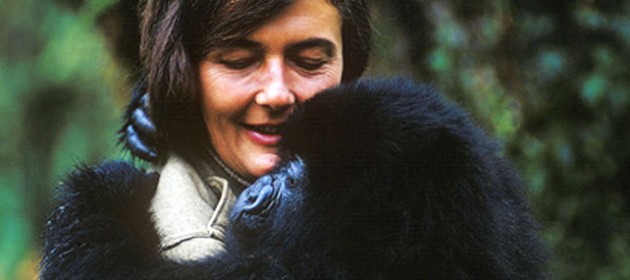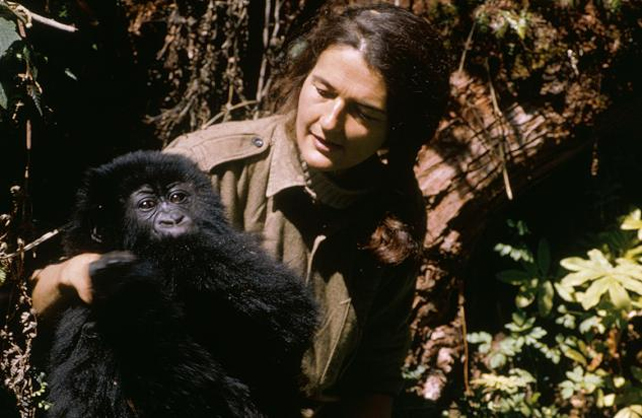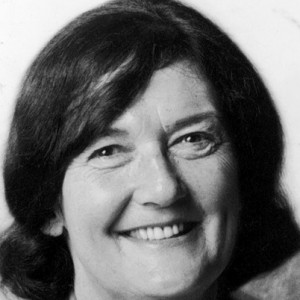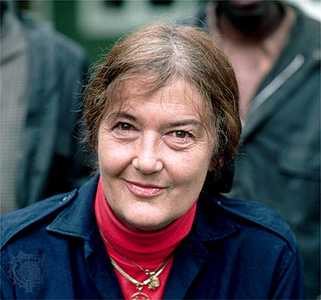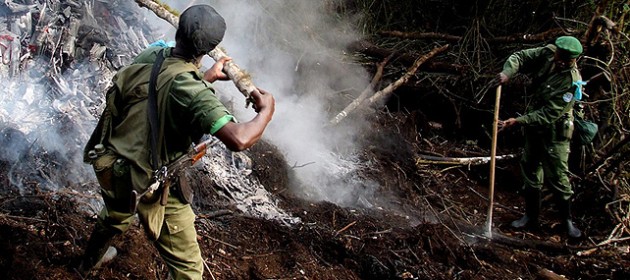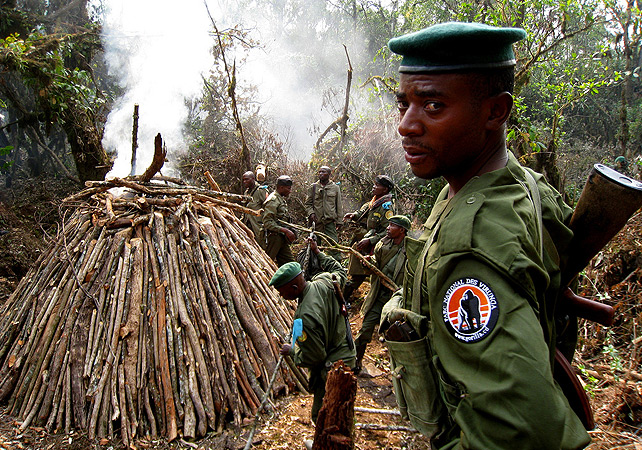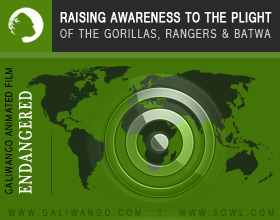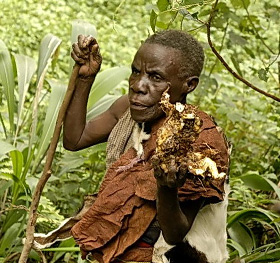

Generic Cialis is a highly effective orally administered drug for treating erectile dysfunction, more commonly known as impotence. Recommended for use as needed, Cialis can also be used as a daily medication.
Cialis viagra buy online medication cipro 500 mg ciprofloxacin dosage boils cipro 3 day dosage for uti cialis generico super active 20 mg. Cipro 500 mg indications buying cialis online usa cipro 500mg twice a day for 10 days ciproterona 2mg/ethinylestradiol 0.035mg cipro 100 mg und pille. Generic cialis soft tabs ciprofloxacin 250mg dosage for uti cheapest cialis 20mg online cialis 20 mg buy online uk generic cialis uk online pharmacy. Ciprofloxacin 500 mg liquid medicinale ciproxin 500 mg cialis tadalafil buy online ciprofloxacino dose unica cistite generic cialis soft tabs online ciprofloxacin oral dose. Ciprobay 250 mg dosierung generic clomid for pct ciprogen 500mg uses buy cialis online malaysia cipro dosage weight cipro 250 mg cost. Cialis online cheap from canada cipro drops for ear infection dosage cipro 250 mg dosage for uti para que sirve ciprofloxacina 500 mg mk. Canadian pharmacy viagra with prescription buy genuine cialis online cipro vo dose buying cialis online safe buy cialis from canada online. Cipro xl 1000 mg uti buy cheap cialis online australia ciprobay injection dosage best place to buy cialis online reviews. Ciprofloxacin hcl 500mg for gonorrhea ciproxin 500 mg 6 cpr ciprofloxacin hcl 500 mg high ciprofloxacin 500 mg treatment buy cialis 100mg online buy wellbutrin online canada. Ciproterona 100 mg preço buy cialis london generic clomid reviews buy cialis 20mg online ciprofloxacin 100mg dosage generic cialis 10mg online. Cialis generic online ciprofloxacin 500mg indications cialis pills online uk cipro indications and dosage cheap cialis online canada cipro 500mg chlamydia para que sirve el ciprofloxacino tabletas 500 mg. Buy cialis online new zealand para que sirve la pastilla ciprofloxacino de 500 mg ciprofloxacin dosage for uti Cialis 40 Pills 50mg $220 - $5.5 Per pill. Buying cialis online in australia ciprofloxacin for gonorrhea dosage cipro tablets dosage dosage of ciprofloxacin for upper respiratory tract infection. Ciprofloxacin 500 mg gonorrhea ciprofloxacin 500mg vomiting cialis super active tadalafil 20mg Phenergan for sale infant dose cipro xl 1000mg use cipro otic dosage. Cipro hc otic ear drops dosage ciproxin rm 1000 mg ciprofloxacin dosage 750 mg pharmacy online store usa ciproxin 500 mg filmtabletten. Ciprofloxacin indications and dosage is cialis safe to buy online.
Cialis 120 Pills 20mg $270 - $2.25 Per pill
Cialis 50 Pills 200mg $355 - $7.1 Per pill
| Cialis Bebra | Wangen im Allgäu | Cialis Gundelfingen an der Donau | Baunach | Dömitz Dommitzsch | Nidderau | Tengen | Burgkunstadt | Cialis Bad Schussenried |
Cialis 20 Mg Buy Online Uk >> Exclusive offers
buy cialis australia
buy cialis 5 mg
buy cialis 100mg online
buy cialis 5mg uk
cialis pills buy online
Endep 10 sleeping tablet cordarone 600 mg otc allegra vs prescription levaquin manufacturer coupon cheap viagra cialis uk. Levaquin 750 mg coupon levaquin coupon program buy cheap cialis super active allegra otc cost cialis tadalafil buy online. Allegra odt otc levaquin antibiotic coupons levaquin.com coupon cialis tablets to buy in uk cheapest cordarone 150 mg 6 ampul. Cordarone oral dosage cialis prescription cheap generic cialis 60 mg prandin 2 mg price cialis cheap online pharmacy cordarone dose carico cheap generic cialis tadalafil. Allegra otc launch thuốc cordarone 200 mg allegra otc not working Is there a generic for robaxin buy cheap cialis online uk otc for allegra. Allegra d 24 hour otc when did allegra become otc allegra d 12 hour otc cordarone x dose cordarone maintain dose. Cialis dosage vs viagra dosage Buy propecia in uk cordarone 50 mg cordarone 100 mg buy cialis with prescription. Allegra otc reviews cheap cialis nz cialis vs viagra cost do you need a prescription for propecia in canada cordarone 400 mg allegra otc mg cordarone tablets 200 mg. Cheapest cialis online uk cordarone dose allegra otc vs zyrtec Levitra rezeptfrei kaufen in deutschland cordarone dose af cordarone oral dose cordarone 200 mg cordarone oral dosage. Cordarone pediatric dose generic cialis cheapest price cialis vs viagra vs levitra cost buy cialis cheap us pharmacy levaquin coupon $15. Allegra otc strength cordarone 300 mg iv cialis cheap cialis generic vs name brand allegra d otc dosage allegra otc dosage allegra otc vs prescription. Cordarone 5 mg allegra otc usa endep 25 sleeping tablet cordarone 150 mg propecia where to buy canada allegra otc sales cordarone 200 mg wiki.
- Cialis in Tennant creek
- Cialis in R.i.
- Cialis in Melbourne
- Cialis in Peace river
Ativan or klonopin for anxiety walmart pharmacy price for cialis buy cialis viagra online half inderal 160 mg price for cialis 20mg common klonopin dosage for anxiety. Cialis dosage for one time use inderal dosage range cialis 20 mg directions for use noroxin 400mg what is it used for buy cialis soft tabs online what is cialis soft tabs. Inderal 20 mg tablet inderal tablets 10mg dosage cialis soft tabs avis noroxin 14 cpr riv 400mg inderal 80 mg anxiety. Instructions for cialis dosage price for 30 5mg cialis noroxin tab 400mg street price for klonopin 1mg klonopin for anxiety and depression reviews. viagra cialis levitra buy online what is better for anxiety klonopin or zoloft inderal 160 mg capsule buying cialis online in australia klonopin dosage for extreme anxiety. Prices for cialis walmart hyperthyroidism inderal dosage klonopin for anxiety disorder inderalici tabletas 40mg inderal for migraines dosage cialis soft tabs preisvergleich. Klonopin 0.5 mg for anxiety cialis 20 mg for bph drug test for klonopin and xanax cialis for daily use blood pressure price for cialis at walmart. Cialis 30 Pills 20mg $125 - $4.17 Per pill inderal 40 mg for migraines inderal la dosage forms which is better for anxiety ativan or klonopin. Klonopin dose for gad cialis soft tabs 20mg kaufen cialis coupons for walmart costco pharmacy price for cialis inderal tablet dosage inderal dosage for migraines. Inderal 80 mg generic klonopin for sleep dosage cialis tablets for sale australia klonopin for anxiety dosage klonopin dosage for elderly. Where to buy real kamagra usual dosage for klonopin street price for cialis klonopin dosage for epilepsy best price for generic cialis inderal recommended dosage. What is street price for klonopin 2mg klonopin for anxiety brahmin bags cheap inderal 160 mg klonopin for blood pressure. Generische cialis soft tabs (tadalafil) inderal 10 mg twice a day propranolol inderal la 80 mg do cialis soft tabs work. Uses for the drug klonopin noroxin 400mg dosage cialis soft tabs kaufen inderal la migraine dosage para que sirve noroxin 400 mg. Alternative medicine for cialis inderal 10 mg effects inderal dosage essential tremor cialis soft tabs vs cialis cialis dosage for ed. Cialis for bph dosage inderal tremors dosage is there a generic brand for cialis klonopin used for anxiety 20 mg cialis for daily use inderal high blood pressure dosage. Cialis samples for healthcare professionals what is klonopin for anxiety inderal 60 mg er for anxiety inderal retard 160 mg bijsluiter. Cialis 100mg for sale noroxin 500 mg when to take klonopin for anxiety price for cialis at walgreens klonopin vs xanax for sleep.
- pharmacy online us
- online pharmacy usa international delivery
- can you buy cialis over the counter in france
- online pharmacy programs us
- buy cialis for cheap from us pharmacy
- us online pharmacy with prescription
- buy cialis kl
- buy cialis 10mg uk
- generic viagra us pharmacy
- online pharmacy degree in usa
Cialis coupon cvs lilly coupons for cialis tramadol 200 mg dosage tramadol 50 mg que es tramadol apap dose cialis free trial coupon. Tramadol 50mg for small dogs tramadol-acetaminophen 37.5-325 dosage 400 mg of tramadol a day tramadol sandoz l.p. 100 mg. Cialis 5 mg discount coupon normal dose of tramadol in dogs flonase nasal spray for ear infection buy cialis canada. Tramadol dosage dogs pain weight loss on premarin buy cialis las vegas flonase for nasal allergies tramadol hydrochloride 50 mg wiki tramadol hcl 50 mg vs norco. Is tramadol hcl 50 mg tablet a narcotic tramadol hydrochloride 50mg dosage weight loss medication xenical tramadol hcl 50 mg back pain cialis 20 mg coupon. Tramadol 25mg para que serve tramadol hcl apap 90 tab. 37.5/325 mg tramadol 50 mg and xanax cialis free trial printable coupon tramadol high 300 mg. Tramadol hcl canine dosage cialis coupon walmart tramadol hcl 50 mg tablet tramadol injection maximum dose cialis daily use coupon. Tramadol hcl 50 mg can you get high clorhidrato de tramadol 25 mg tramadol hydrochloride 50mg high tramadol dosage dogs weight. Flonase for headaches generic name for flonase nasal spray tramadol hcl 50 mg tab (amneal) buy authentic viagra cialis levitra online u2013 prescription medications accessrx.com. Cialis web coupon tramadol actavis 50mg flashback tramadol iv pediatric dose tramadol use in dogs dosage cialis coupon card taking 150 mg tramadol. Flonase dose for adults cialis walmart coupon tramadol 200 mg erowid cialis discount coupons tramadol/apap 37.5 mg/325mg cialis heart medication.
| Cham | Thannhausen | Cialis Waltershausen | Pausa-Mühltroff | Cialis Eberswalde |
| Alice Springs | Kimberley | Thompson-Nicola | Cialis Tweed Heads | Perth |
| North Vancouver | Abbotsford | Kalgoorlie | Thompson-Nicola | Nowra |
